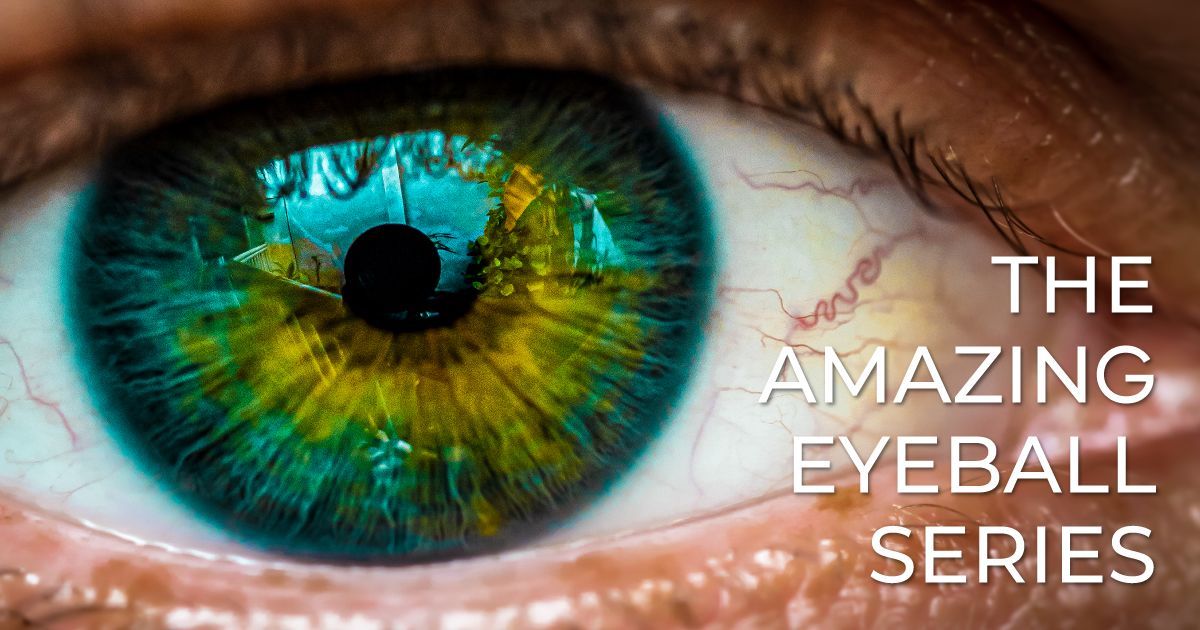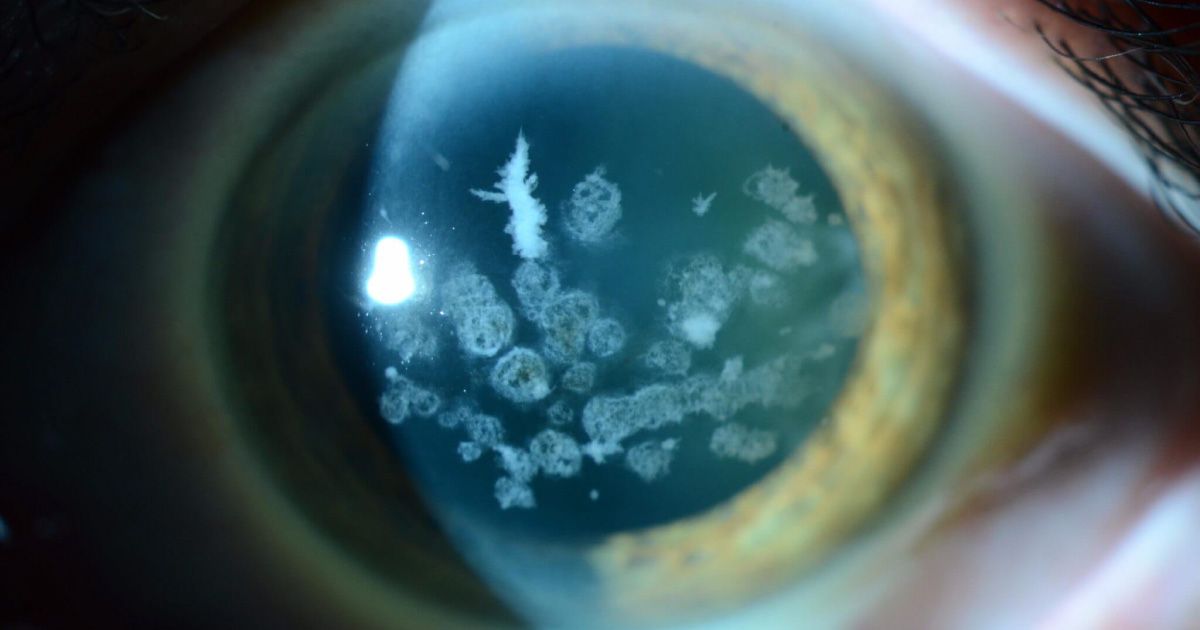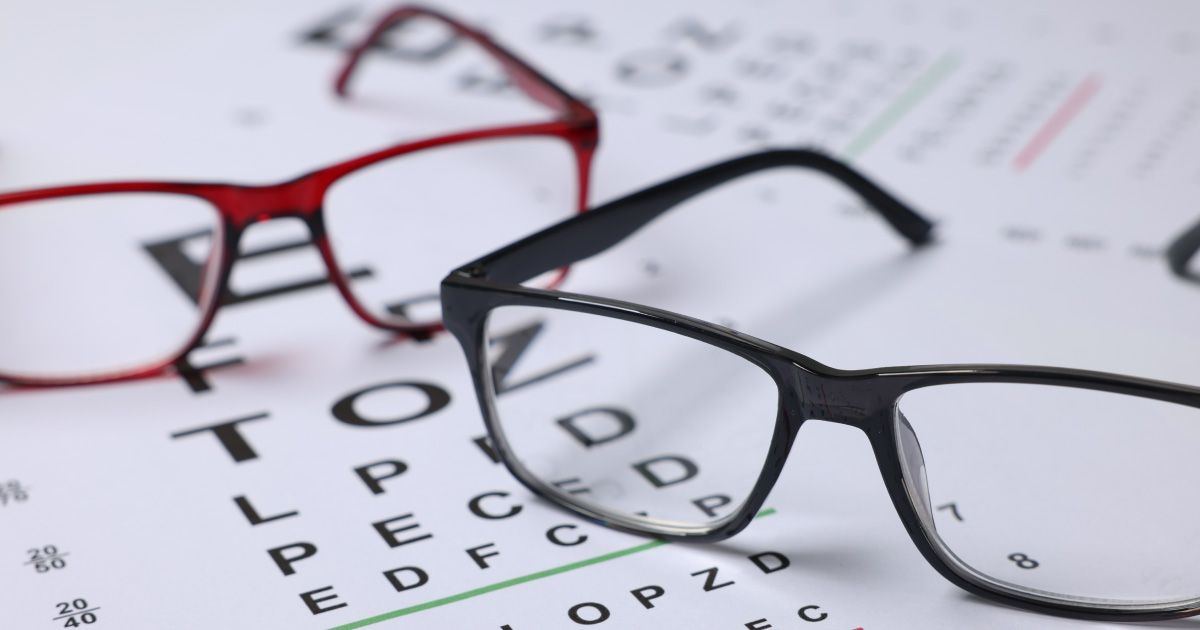The Amazing Eyeball: Part 8 - The Optic Nerve

Welcome to The Amazing Eyeball, a comprehensive 10-part series exploring the intricate structures that make up one of the body’s most remarkable organs - the human eye. Each article in this series delves deep into the anatomy and function of different parts of the eye. Throughout the series, we’ll uncover how these structures work together to produce the miracle of sight, along with insights into common eye conditions, cutting-edge treatments, and the eye’s natural healing abilities. Whether you're fascinated by the eye's biology or eager to learn how to protect your vision, this series will take you on a journey through the wonders of the human eye.
The Optic Nerve: Your Eye’s Direct Line to the Brain
Read time: 7 minutes
While the eye captures light and processes visual information, it’s the optic nerve that carries these signals to the brain, where they are transformed into the images we see. The optic nerve serves as the vital connection between the eye and the brain, making it essential for vision. Without this direct line of communication, the eye would be unable to convey the detailed information it gathers to the brain, leaving us blind to the world around us.
In this article, we will explore the anatomy and function of the optic nerve, its role in vision, and the conditions that can affect its health. This piece is part of our ongoing series on the makeup of the eyeball. Be sure to check out our previous articles on the retina, cornea, aqueous and vitreous humor, iris and pupil, lens, macula and fovea, and sclera to understand how the optic nerve fits into the complex system that allows us to see.
What is the Optic Nerve?
The optic nerve is a bundle of over 1 million nerve fibers that transmit visual information from the retina to the brain. It is considered part of the central nervous system (CNS) rather than the peripheral nervous system, due to its direct connection with the brain.
The optic nerve is composed primarily of the axons of the retinal ganglion cells, which collect visual signals from the retina. These signals, which begin as light hitting the retina, are converted into electrical impulses by photoreceptor cells and then transmitted through the optic nerve to the brain’s visual cortex, where they are processed into meaningful images.
Key features of the optic nerve include:
- Length: The optic nerve spans approximately 4 cm (1.6 inches) from the back of the eye to the brain.
- Optic Disc: The optic nerve begins at the optic disc, a small circular area at the back of the eye where the nerve fibers converge to form the optic nerve. The optic disc is also known as the blind spot, as there are no photoreceptor cells in this region to detect light.
- Crossing at the Optic Chiasm: The optic nerve from each eye meets at a structure called the optic chiasm, where some of the nerve fibers cross over to the opposite side of the brain. This crossing allows visual information from both eyes to be integrated and processed together, contributing to depth perception and a full field of vision.
How the Optic Nerve Transmits Visual Information
The optic nerve is essentially the visual information highway that carries signals from the retina to the brain. Here’s how this process works:
- Light enters the eye and is focused onto the retina, where photoreceptor cells (rods and cones) detect the light and convert it into electrical signals.
- These electrical signals are transmitted to the retinal ganglion cells, whose axons make up the optic nerve.
- The optic nerve carries the signals from the retina to the optic chiasm, where some fibers cross over to the opposite hemisphere of the brain.
- After crossing the optic chiasm, the signals are relayed through the optic tracts to the lateral geniculate nucleus (LGN) in the brain, and from there, they are sent to the visual cortex in the occipital lobe.
- The brain processes these signals, transforming them into the images we perceive, allowing us to understand the visual information in our surroundings.
This entire process happens in fractions of a second, allowing us to see the world in real-time.
The Optic Disc and the Blind Spot
As mentioned earlier, the optic disc is the point where the optic nerve begins. This is also known as the blind spot because it lacks photoreceptor cells, meaning it cannot detect light. Normally, the brain compensates for this small gap in vision by filling in the missing information based on surrounding details and input from the other eye.
The optic disc is also the entry and exit point for blood vessels that supply the retina, making it an essential structure for both visual transmission and the eye’s nourishment.
Conditions Affecting the Optic Nerve
Because the optic nerve is essential for transmitting visual information, damage to the optic nerve can lead to significant vision problems, including blindness. Several conditions can affect the optic nerve, either through direct injury or as a result of systemic health issues.
Glaucoma
One of the most common and serious conditions affecting the optic nerve is glaucoma. Glaucoma occurs when increased pressure inside the eye, known as intraocular pressure (IOP), damages the optic nerve over time. As the optic nerve fibers are progressively damaged, blind spots develop in the peripheral vision, and if untreated, glaucoma can lead to complete vision loss.
There are two primary types of glaucoma:
- Open-angle glaucoma: The most common form, where fluid drains too slowly from the eye, increasing pressure gradually.
- Angle-closure glaucoma: A less common but more severe form, where the drainage angle between the iris and cornea becomes blocked, causing a rapid increase in pressure.
Early detection through regular eye exams is crucial for managing glaucoma, as the damage it causes to the optic nerve is irreversible. Treatment often involves medications or surgery to reduce intraocular pressure and slow the progression of vision loss.
Optic Neuritis
Optic neuritis is an inflammation of the optic nerve that can cause sudden vision loss, typically in one eye. This condition is often associated with multiple sclerosis (MS), an autoimmune disease that attacks the central nervous system, including the optic nerve.
Symptoms of optic neuritis include:
- Blurred or dimmed vision.
- Pain in or around the eye, especially during eye movement.
- Loss of color vision or a reduction in contrast.
Optic neuritis often improves on its own, but corticosteroids may be used to reduce inflammation and speed up recovery. However, if the underlying cause is MS or another autoimmune condition, further treatment may be required to manage the disease.
Optic Neuropathy
Optic neuropathy refers to damage to the optic nerve, often resulting in vision loss. This damage can be caused by various factors, including reduced blood flow (known as ischemic optic neuropathy), trauma, or toxic substances.
In some cases, optic neuropathy can be the result of underlying conditions like diabetes, hypertension, or certain medications that damage the optic nerve over time.
Optic Atrophy
Optic atrophy is the degeneration of the optic nerve fibers, leading to vision loss. This condition can result from a variety of causes, including glaucoma, optic neuritis, or trauma to the optic nerve. Optic atrophy is characterized by the loss of visual acuity and contrast sensitivity, and it can affect both central and peripheral vision.
Unfortunately, optic atrophy is usually irreversible, as the nerve fibers cannot regenerate once they are damaged. Treatment typically focuses on managing the underlying cause to prevent further vision loss.
Papilledema
Papilledema is a condition where the optic disc swells due to increased pressure within the skull, often caused by conditions such as brain tumors, head trauma, or severe hypertension. This swelling can compress the optic nerve and lead to vision problems such as blurred vision, double vision, or temporary vision loss.
Papilledema requires prompt medical attention, as it can indicate a serious underlying condition affecting the brain. Treating the root cause of the increased intracranial pressure is essential to prevent permanent damage to the optic nerve.
How to Protect the Optic Nerve
Maintaining the health of your optic nerve is crucial for preserving your vision. Here are some steps you can take to protect this vital structure:
- Regular Eye Exams: Comprehensive eye exams can detect early signs of optic nerve damage, such as glaucoma or optic neuropathy, before significant vision loss occurs. If you are at higher risk for optic nerve conditions (due to family history or other health conditions), regular checkups are especially important.
- Manage Chronic Conditions: Diseases such as diabetes, hypertension, and autoimmune disorders can damage the optic nerve if not properly managed. Work with your healthcare provider to control these conditions and reduce the risk of complications affecting your eyes.
- Avoid Smoking: Smoking has been linked to an increased risk of optic neuropathy, as it can restrict blood flow to the optic nerve. Quitting smoking can significantly improve your overall eye health.
- Protect Your Head: Head injuries can lead to damage to the optic nerve, particularly if the injury causes swelling or trauma around the eye or brain. Always wear appropriate protective gear during sports or high-risk activities to reduce the risk of head trauma.
- Control Eye Pressure: If you have glaucoma or are at risk for developing it, follow your doctor’s treatment plan to control intraocular pressure and prevent damage to the optic nerve.
The Takeaway
The optic nerve is a critical part of the visual system, responsible for carrying the signals generated by the retina to the brain, where they are processed into the images we see. Its health is vital for vision, and damage to the optic nerve can lead to significant vision loss. By taking steps to protect your optic nerve and staying vigilant about regular eye care, you can help preserve your vision for years to come.
In the next article in our series, we will explore the choroid, the layer of blood vessels that nourishes the retina and other parts of the eye. Stay tuned as we continue our journey through the anatomy of the eyeball!
Read the next article in this series: The Amazing Eyeball: Part 9 - The Choroid
Share this blog post on social or with a friend:
The information provided in this article is intended for general knowledge and educational purposes only and should not be construed as medical advice. It is strongly recommended to consult with an eye care professional for personalized recommendations and guidance regarding your individual needs and eye health concerns.
All of Urban Optiks Optometry's blog posts and articles contain information carefully curated from openly sourced materials available in the public domain. We strive to ensure the accuracy and relevance of the information provided. For a comprehensive understanding of our practices and to read our full disclosure statement, please click here.


















